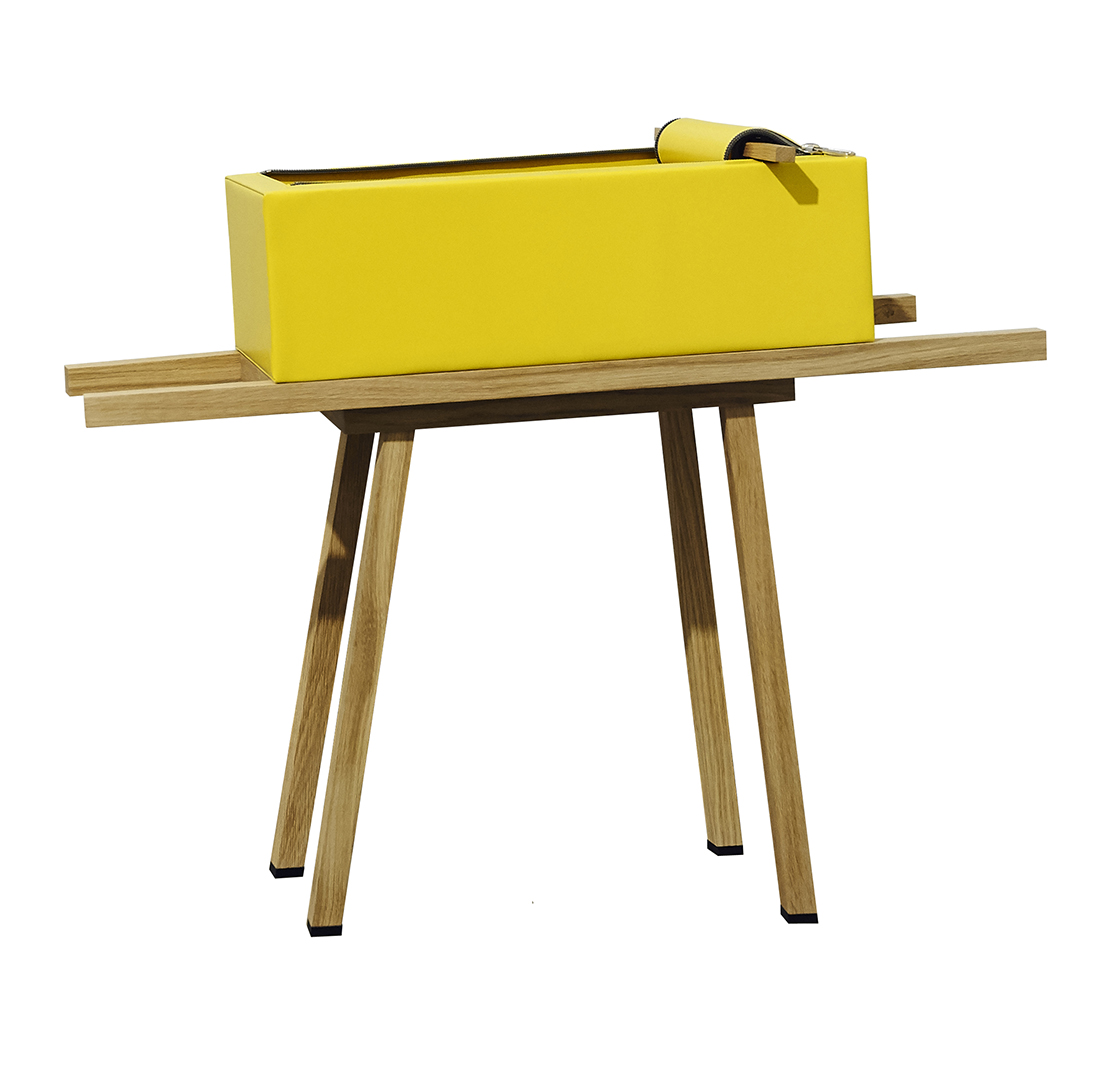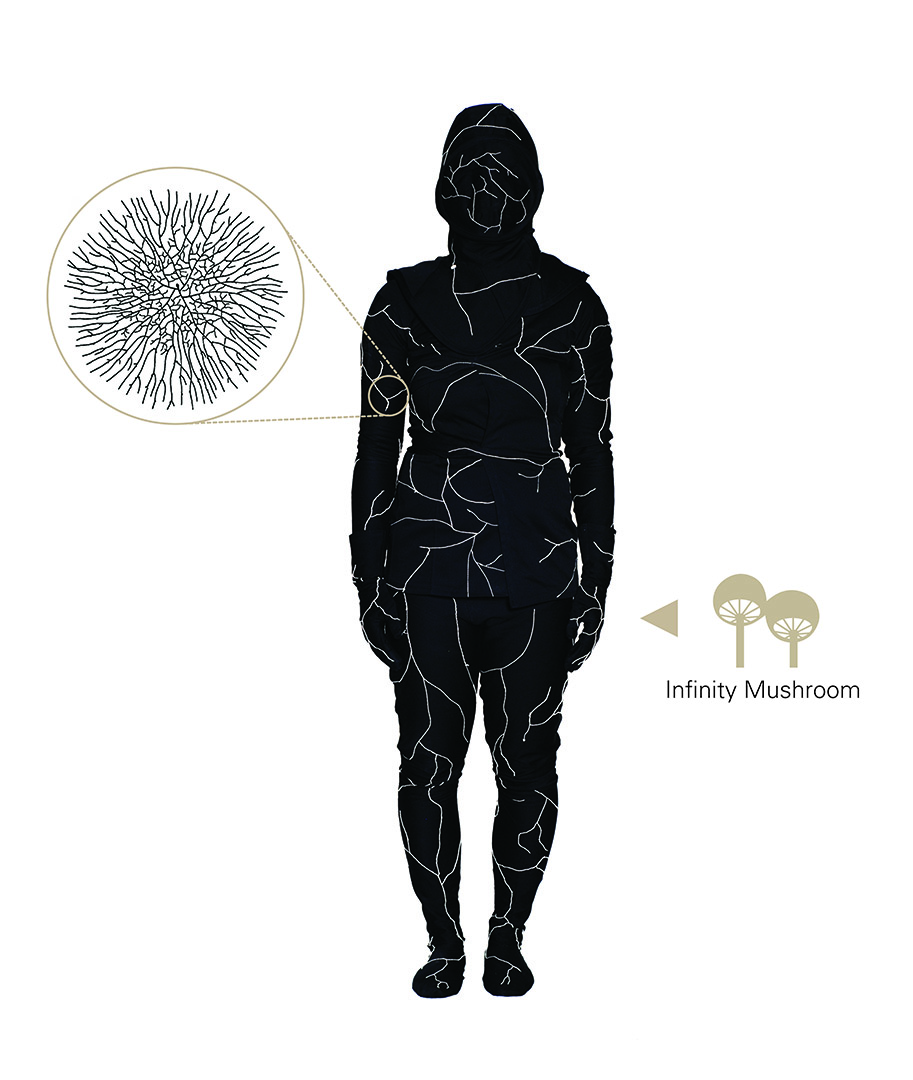Death by REdesign
Choices are emerging in how you are placed six feet under
When you think about waste, coffins are probably not the first object that springs to mind. But in 1784, Austria’s thrift-obsessed emperor and economic reformer Joseph II saw coffins as exactly that: a waste of materials and money. Eager to bring about change, he had a new design created – the so-called “economy coffin”, which featured flap at the bottom that would open up to drop the corpse, which was wrapped, naked, in a sack, in the grave below.
Perhaps unsurprisingly, the design was unpopular. Joseph II tied to get around any objection by making the economy coffin mandatory, but was forced to withdraw it six months later. His plans to move cemeteries outside of urban areas to prevent them polluting the groundwater proved more successful.
Today, when it comes to burial, little has changed
Coffins are still expensive and wasteful, and anyone that desires an alternative must plan well in advance of their death to ensure they wishes are abided by in the highly codified and regulated industry of death.
The biggest shift since Joseph II’s time is, of course, the arrival of a safe and efficient form of cremation. Cremation was first introduced in the late 1800s and was regulated by law in the early 20th century, but despite some evangelising from believers who felt it was a more modern, cleaner and more space efficient way to go, it did not begin to really take off until the 1960s. In the US, for example, cremation has only recently become as popular as burial.
With waste high on the global agenda, it is surprising that more has not been done to reform this situation. Burial is a space-hungry, often deeply environmentally unfriendly process, thanks to the gibbons we put on our coffins and the chemicals introduced to the ground via the decomposition of embalming bodies. Burial grounds take up vast swathes of land that would otherwise be habitable, often on the outskirts of rapidly expanding cities. Cremation, meanwhile, although seen as a more progressive alternative, is also deeply environmentally unfriendly.
A report from the BBC on one possible alternative – dissolving the dead in an alkaline solution – reported findings by Dutch researcher Elisabeth Keijzer, who found that cremation has a bigger impact on climate change than burial and also creates more of a problem with the toxicity of human remains. According to her calculation, the average cremation carries an estimated environmental cost of €48.47 per person. Burial is higher at €63.66, but this is largely due to the amount of land it uses. One estimate puts the amount of carbon dioxide emitted annually in the US along by fuel-hungry cremation at the equivalent of 41,040 cars.
But trying to enact change in an industry that is so rigidly set in its ways, and deals with a subject that so many people still find taboo and don’t want to talk about, is not easy. Over the last few years, however, designers have been trying to do exactly that by introducing new ideas and choices to the public through start-ups companies and radical design experiments.

Perhaps the closest to the economy coffin are the partially reusable, zip-up coffins in bold, block colours, designed by Arnhem-based studio Visser & Meijward. Each coffin consists of an undercarriage, a stretcher and a PVC cover that is closed with a zip. The PVC element can be easily removed, cleaned and reused after a burial ceremony. Their aim was to create something less depressing, less expensive and more personal that the standard coffins offered by most funeral homes.
In 2017, British designer Tom Dixon suggested another option with his Sustainable Sarcophagus, a casing that echoed the rounded, soft shape of sarcophagi from ancient Egypt but, instead of being made from stone, was made from paper that would biodegrade quickly. Each one is made from a lightweight paper product from Paper Factor that is made using sustainable timber and creates little waste.

Even more radical is the Infinity Burial Suit by Jae Rhim Lee and Mike Ma, a body suit implanted with mushroom spores selected specifically for their ability to consume different parts of the human body, like nails or hair. The mushrooms prevent many of the toxins from the body from entering the ground during composition and all that is left behind is clean compost.
The idea of turning our bodies into food farms might be a step too far for some, but the idea of composting humans is one that could potentially transform the industry of death from one that creates waste to one that contributes to our ecosystems.
Recompose, a company that grew out of the Seattle-based Urban Death Project, is actively developing research into how it might be possible to use a natural decomposition process as an alternative to burial. Humans are made of organic matter, after all, and composting is by far the most environmentally gentle option, and means our bodies can be actively useful for our planet after we die.
The original proposal, which foresaw the creation of large human composting buildings in urban areas, might be some way off, but a pilot project currently underway at Washington State University suggests that Recompose will be able to start offering individuals the option of composting themselves or their loved ones very soon if the local authorities will allow it, and has plans to take its initiative worldwide.
These are just a handful of examples from a design sector that is teeming with ideas. So far, Recompose has made the most tangible progress. Even regulated alternatives to standardised burial and cremation, such a natural, green burials where bodies are buried without coffins on managed land or open-air pyre cremations, are still hard and expensive for the majority of people in the western world to access.
“Something is rotten when my trainers are more customised than my funeral,” wrote architecture critic Phineas Harper in 2016. Choice is still severely limited for most people when it comes to deciding what will happen to them or their loved ones when they die. At most, you might be able to choose a more pared-down coffin design. But change is coming. The question is whether people will embrace it, or whether these ideas will end up in the same place as Jospeh II’s economy coffin: buried.
Main Image: Proposal for the Infinite Body Suit by Jae Rhim Lee and Mike Ma
